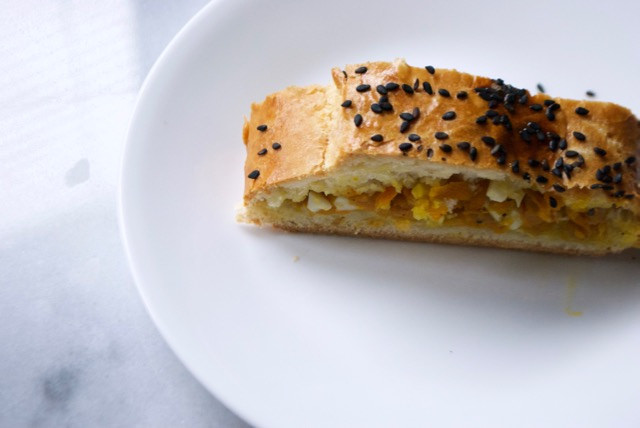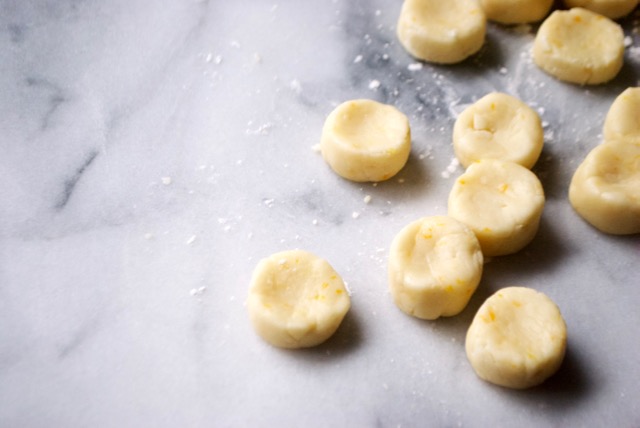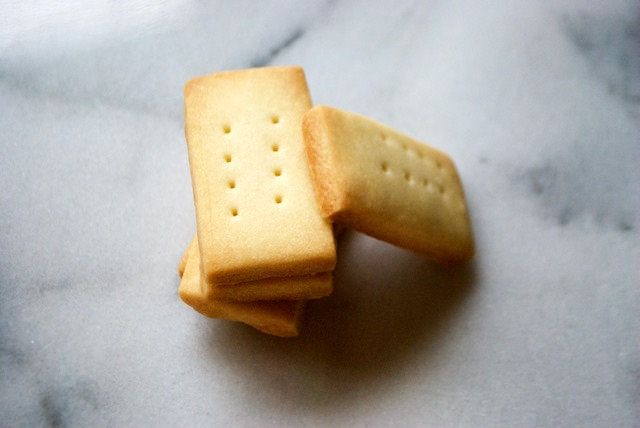
This is the very first recipe in my 193 Recipes Project.
Why did I start with Estonia? I figured I would begin with one of the Baltic states because I don’t know too much about the food in this region. This challenge is about eating new foods and learning about far away places. I certainly didn’t know what Estonians ate before I started to research.
My local library didn’t have much information on Estonian cuisine, but I found the information I was looking for on Wikipedia, Estonia’s Ministry of Rural Affairs website, and several Estonian food blogs. There’s a lot of meat and fish in the national cuisine— I saw many recipes that called for ground beef, pork, or fresh fish. There were a number of baked pastries and soups, as well as pickled vegetables and fermented foods. What I didn’t expect is how seasonal and fresh Estonian food is. There are many plant-based dishes, featuring fresh carrots, potatoes, peas, foraged berries, apples, and many varieties of local wild mushrooms.
For my recipe, I chose to make porgandipirukas, a savory carrot pie.

There are many variations on this pie, but the filling base is always boiled or sautéed carrots and onions, seasoned with salt and pepper. Sometimes a chopped boiled egg, cheese, smoked meat, fish, or chives are added to the filling. The pastry is Danish dough. Home cooks use frozen Danish dough, or make a quick yeasted enriched dough with butter and cheese. The pies are most often shaped into a long rectangle, and sliced thinly to serve— that’s what you’ll see in this post. Some cooks also make hand-pie versions, and others make open-top pies.
The version of porgandipirukas I made is filled with grated carrot, minced onion, and a chopped boiled egg, and wrapped in a buttery yeasted dough. The filling is sweet from the carrots, savory from the bit of onion, and almost meaty from the egg. The pastry is made in two parts— first milk, yeast, and flour are whisked together to form a wet dough, then a crumbly, buttery mix is kneaded in. It’s a simple yeasted enriched dough, but the two-part process also makes it pleasantly flaky and light. (There’s also an easier shortcut variation in the recipe notes.)
Continue reading “Porgandipirukas (Carrot Pie) – Estonia” →








